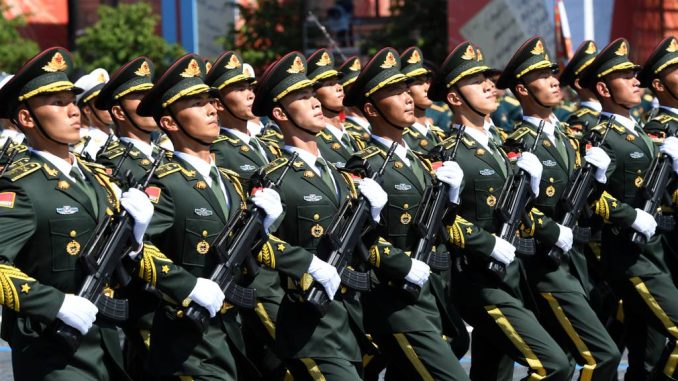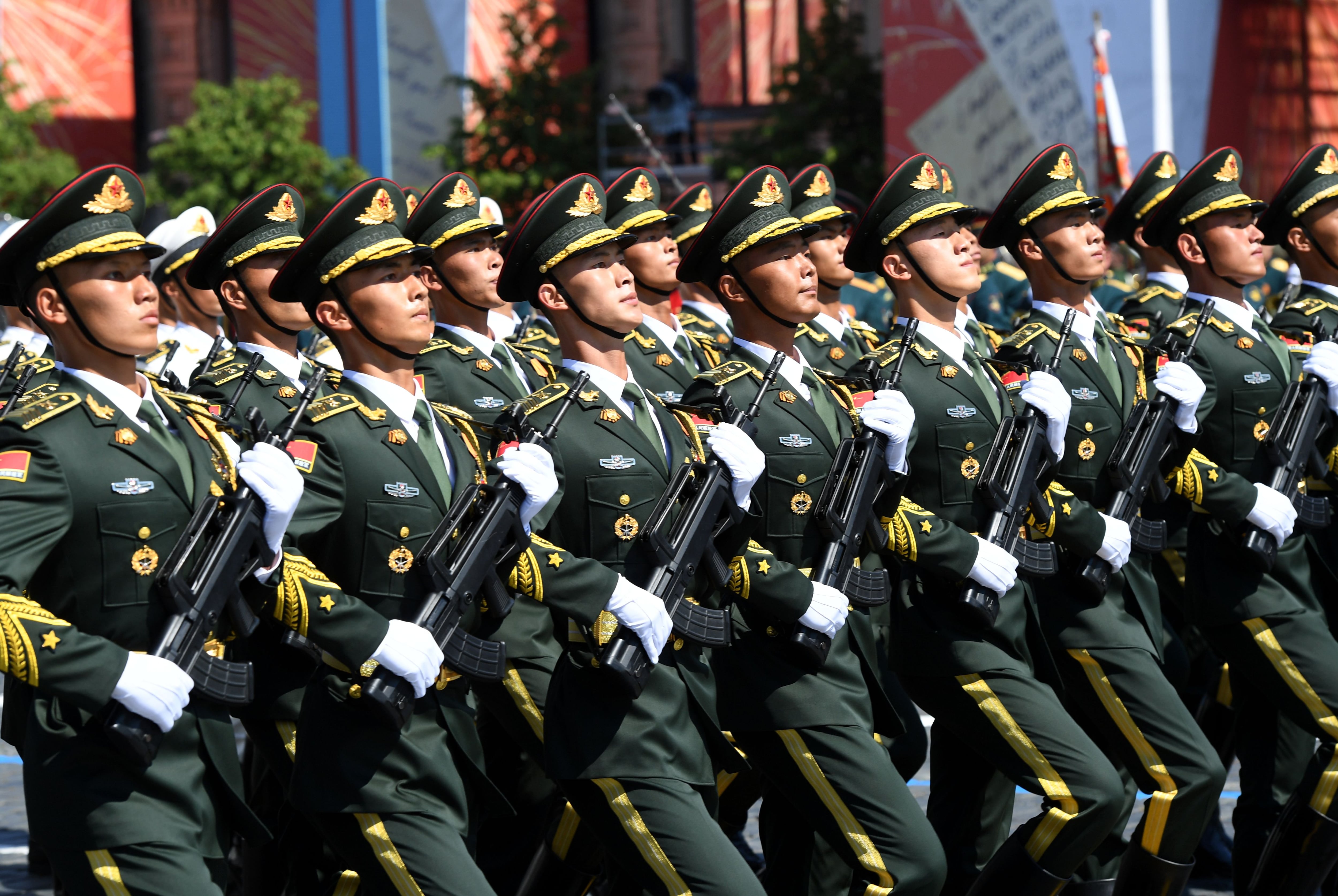

For the United States, the 20-year war in Afghanistan may over, but threats and challenges from so-called near-peer competitors remain.
And while the most pressing threats come from Russia, perhaps the most dangerous come from China, according to a new report by Rand.
With the Chinese increasing aerial shows of force near Taiwan, and Russia continuing to engage in a low-level shooting war with Ukraine, Rand researched what dangers those potential adversaries could present to the U.S. and its allies and interests.
The report analyzed adversary military intervention since 1946 — activities like counterinsurgency, interdiction, intelligence, combat and more — and found that such moves are on the rise, especially from China. But interventions are smaller and less frequent now than they were during the Cold War, the report said. Still, several factors could contribute to an increase in tension between the U.S. and rival forces including China, Russia, and Iran.
Researchers analyzed historical data from these countries to identify warning signs and laid out which should be prioritized by the federal government. Four categories were used to determine likelihood of adversary intervention: geopolitics, domestic interests, ideation, and military capability or “enablers” within the country. The authors stressed that while these categories each contain several factors that might be signposts of future adversarial activity, they couldn’t identify factors that would guarantee an intervention.
Analyses pointed to China as the greatest risk for several reasons, including the country’s access to resources and its growing ambitions outside its own borders. Researchers warned that any sudden deterioration in the relationship between the U.S. and China could quickly lead to instability.
Increased military activity from Russia, writ large, indicated that the Kremlin may pose a more immediate threat than China, though not as large-scale. Researchers also concluded that domestic factors played only a small role in what might drive Russia toward intervention, compared to other key players. Rand said identifying and monitoring the warning signs laid out in their report could inform U.S. decisions on military posture and partnerships moving forward.
You can read the entire report here.
Leila has covered global military and security operations from across the U.S., the Middle East, and Latin America.



Be the first to comment